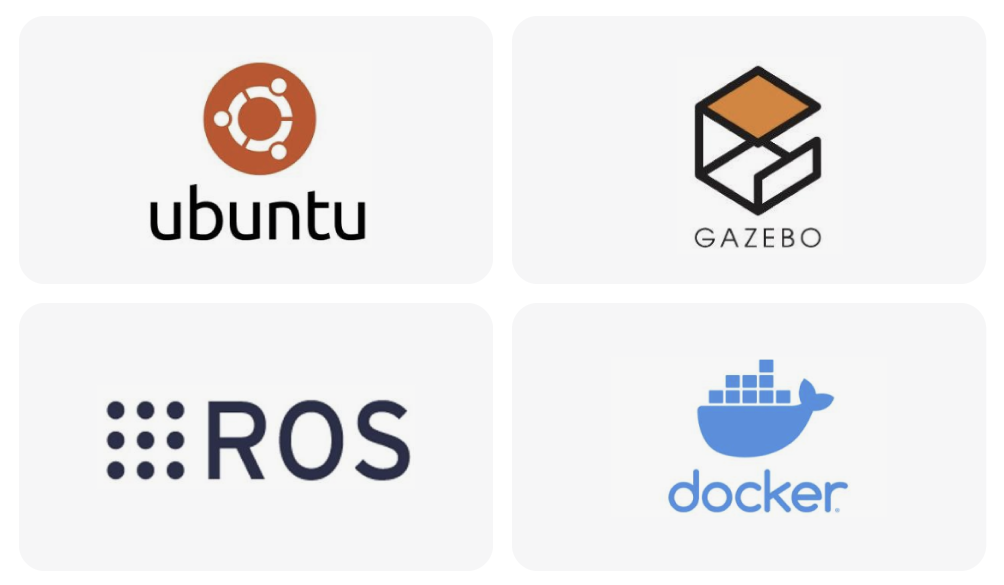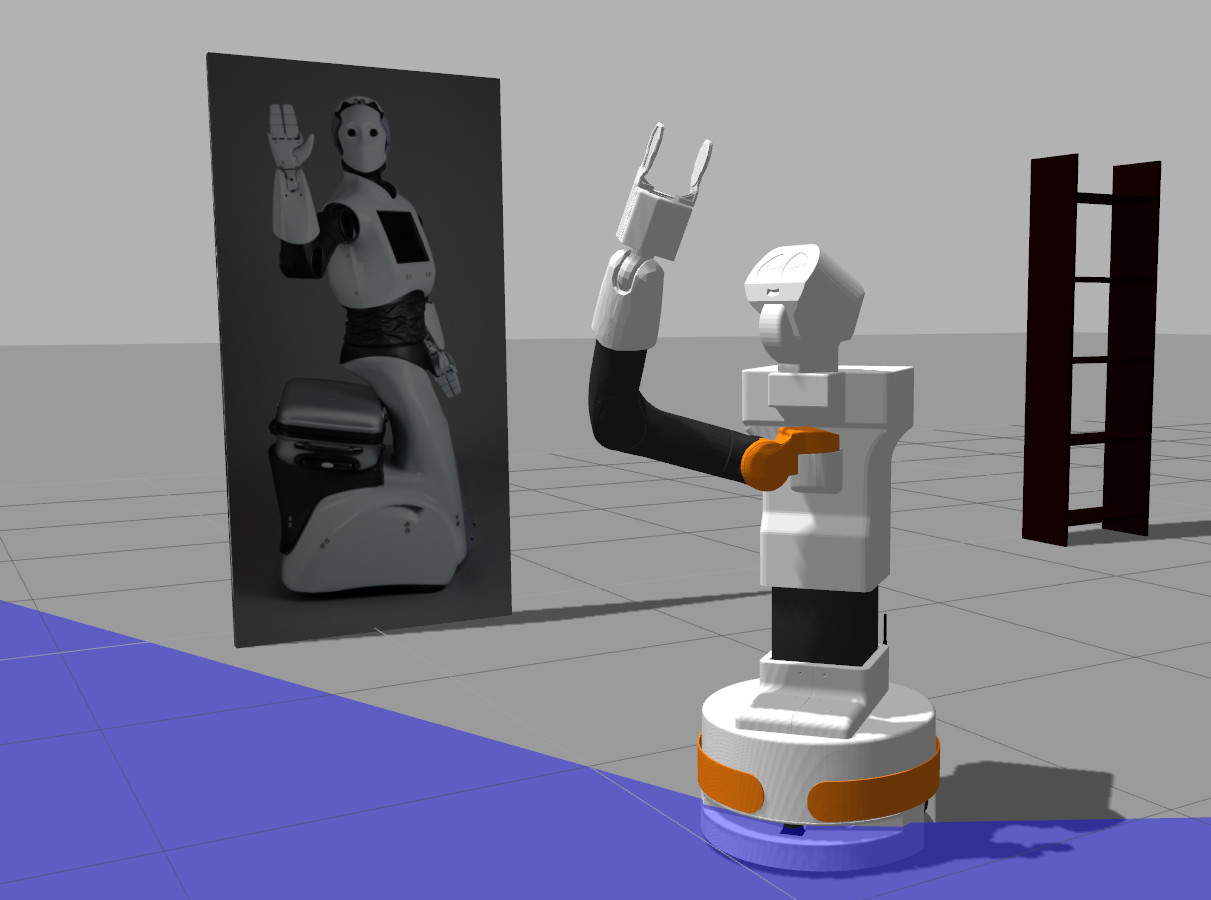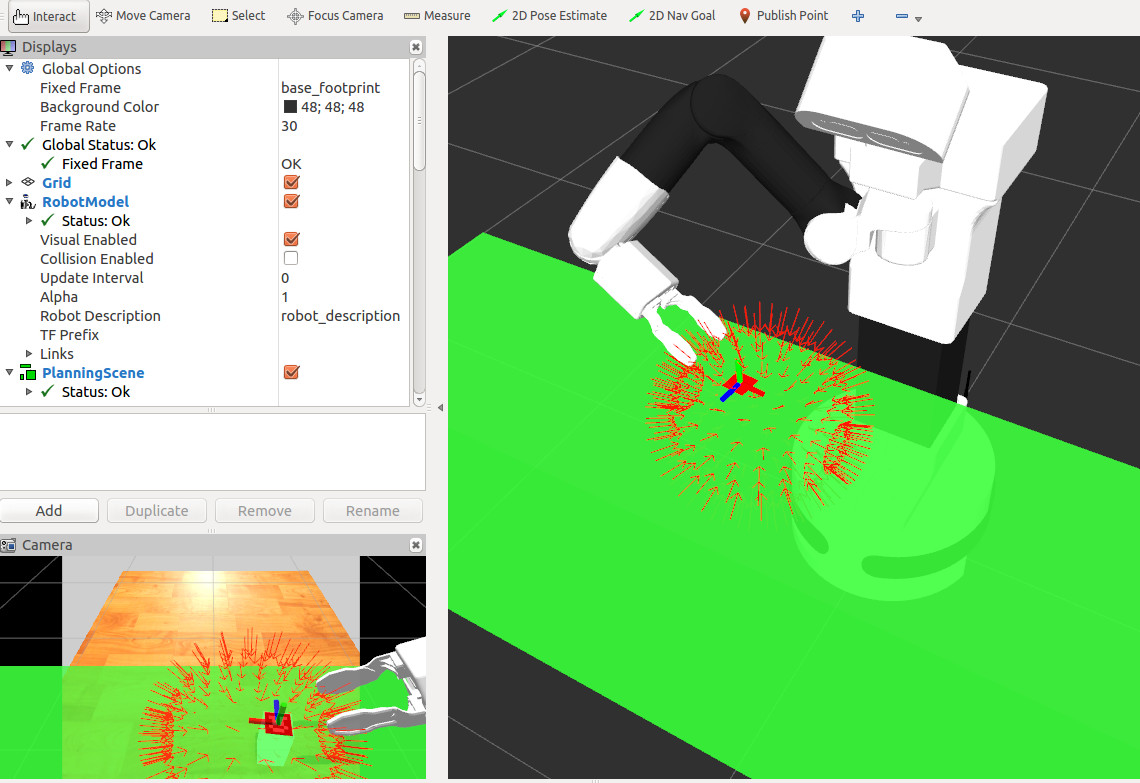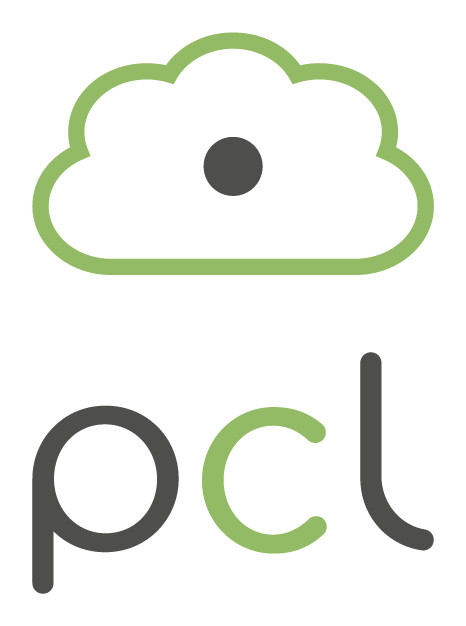TIAGo Tutorials
These tutorials have been created to learn how to use TIAGo, the mobile manipulator by PAL Robotics, in the Gazebo simulation environment running on an Ubuntu computer.
It is not meant for development on real robots since more functionalities are available in the docker/ISO provided to customers when purchasing the robot.
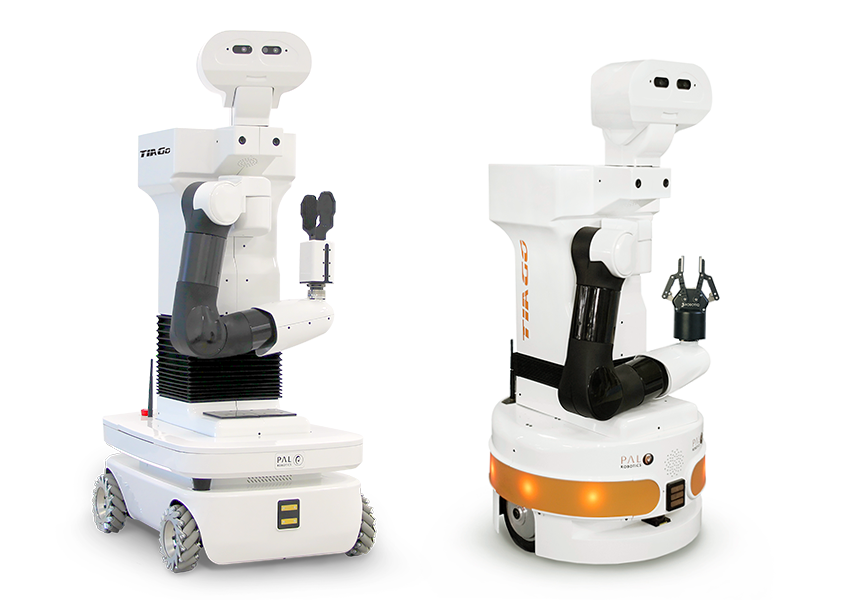
Tutorials Installation
Control
Autonomous navigation
If you are using a computer with a non-dedicated GPU and run into issues with the lasers in simulation you would need to change this environment variable:
export LIBGL_ALWAYS_SOFTWARE=1
- Create a map with gmapping
This tutorial shows how to create a map of the environment using the range-finder on the base of TIAGo. - Localization and path planning
Learn how to run laser-based localization and autonomous navigation avoiding obstacles by means of global and local path planning.
|
 |
MoveIt!
OpenCV
- Track Sequential (C++)
A simple method to detect and track basic movements/shapes on a static camera against a static background - Corner Detection (C++)
There are two corner detector algorithms often used in the OpenCV library, the Shi-Tomasi and Harris functions. In this simple tutorial you will see how changing two parameters can affect the corner detection - Find Keypoints (C++/Python)
OpenCV has a multitude of Feauture detectors, and in this tutorial you will be able to go through most of them, and seeing how image sharpening and contrast affects the detection of features - Matching (C++/Python)
Using feature detection in two images, this class will attempt to find matches between the keypoints detected and thereby see if the image contains a certain object. - ArUco marker detection (C++)
This tutorial shows how to detect fiducial markers using the ArUco library and to get its 3D pose. - Person detection (C++)
ROS node using the OpenCV person detector based on HOG Adaboost cascade - Face detection (C++)
Example of ROS node embedding OpenCV's face detector. - Planar object detection and pose estimation (C++)
Planar textured object detection based on feature matching between live video feed an a reference image of the object. Then, the pose of the object is determined by homography estimation and provided the size of the object.
|
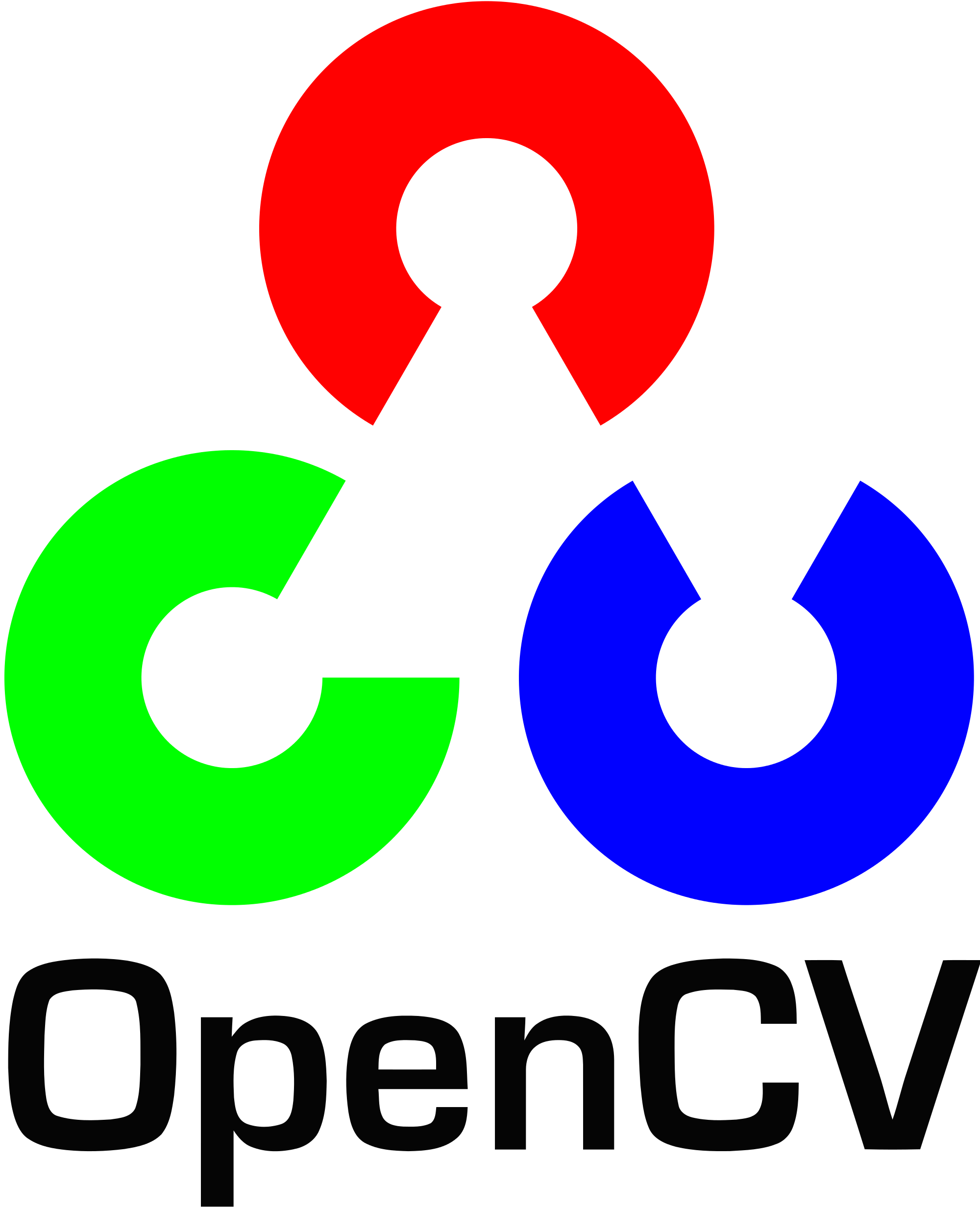 |
Point Cloud
Multi-TIAGo
- Execute the Multi-TIAGo Simulation
This tutorial shows how to launch the Multi-TIAGo simulation in Gazebo and how to execute some basic operations. - Multi-TIAGo Navigation
This tutorial shows how to launch the Multi-TIAGo navigation simulation in Gazebo and how to run autonomous navigation avoiding obstacles by means of global and local path planning.
|
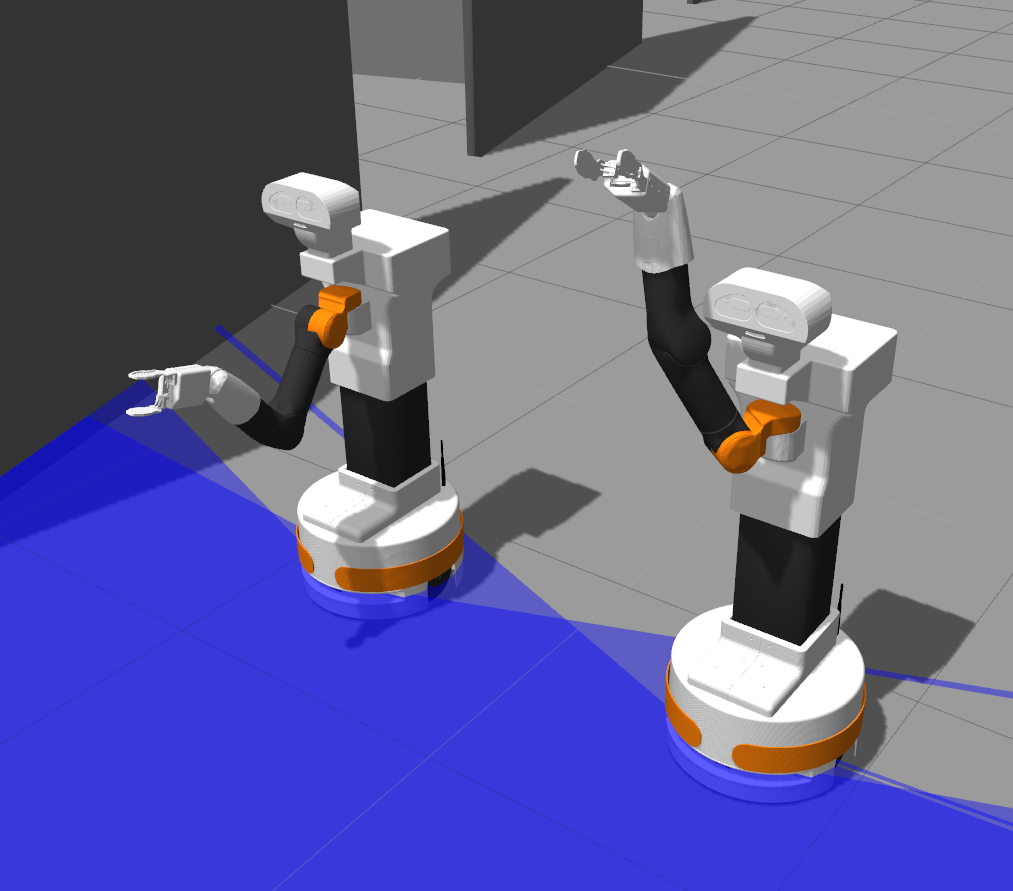 |
Create a new tutorial:
Learning TIAGo on-line
The tutorials have been integrated in the on-line course of The Construct Mastering with ROS: TIAGo. With these course no installation is required as all the tutorials, including exercises, can be run with a standard web browser.








